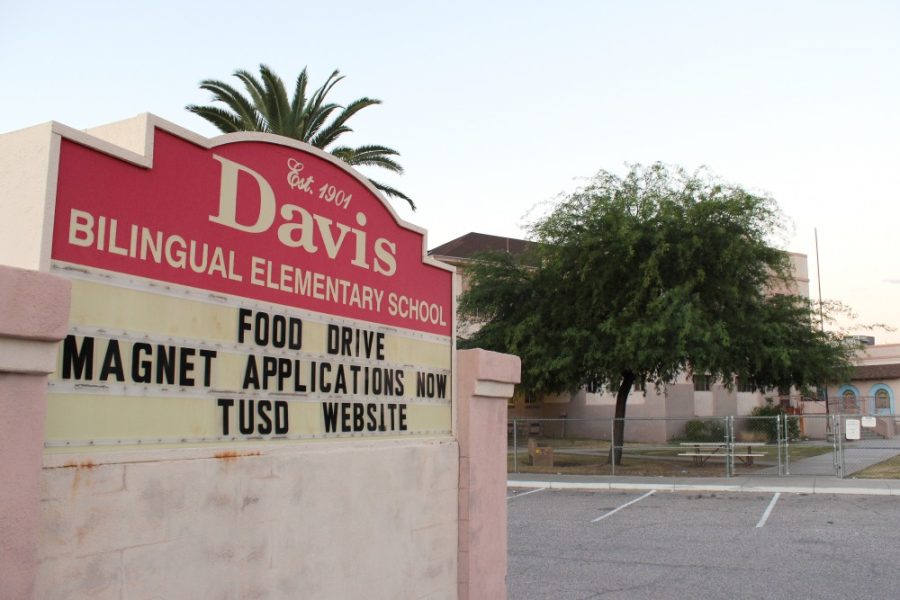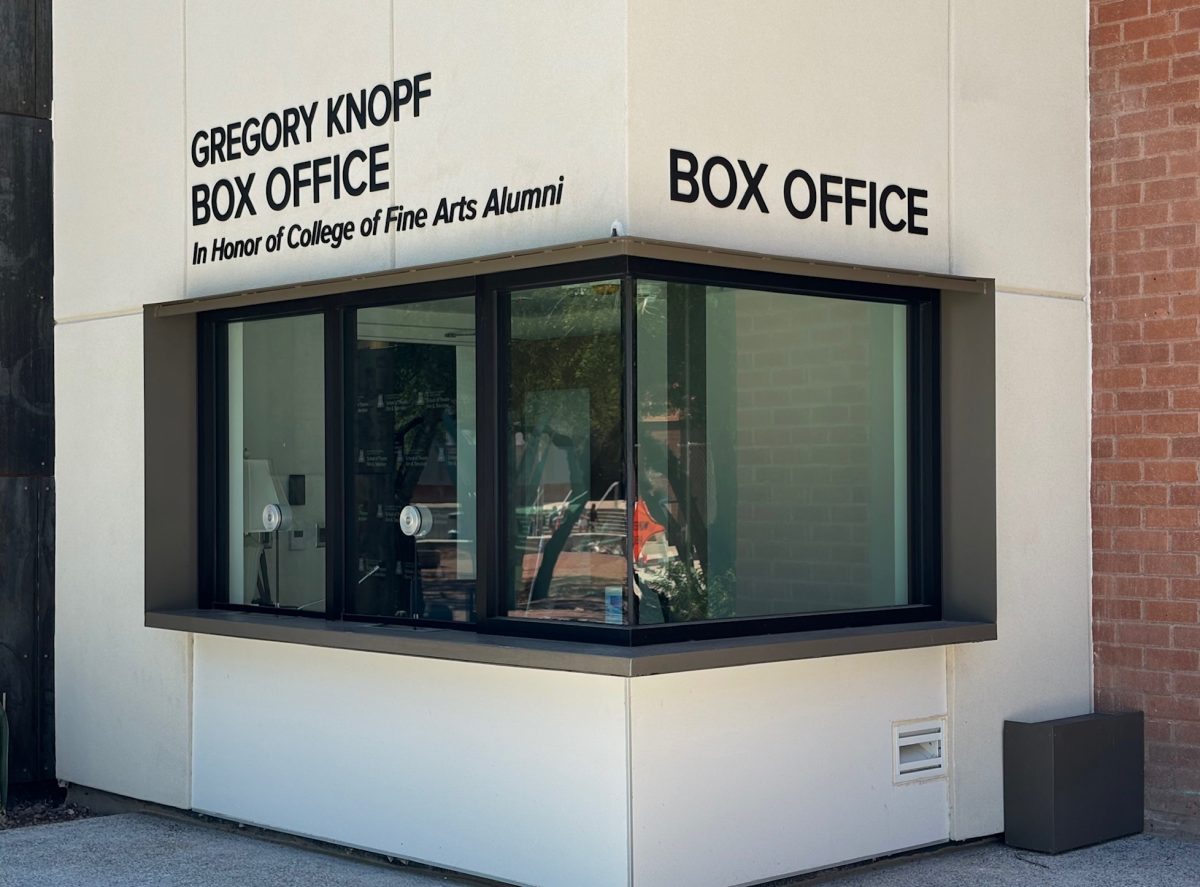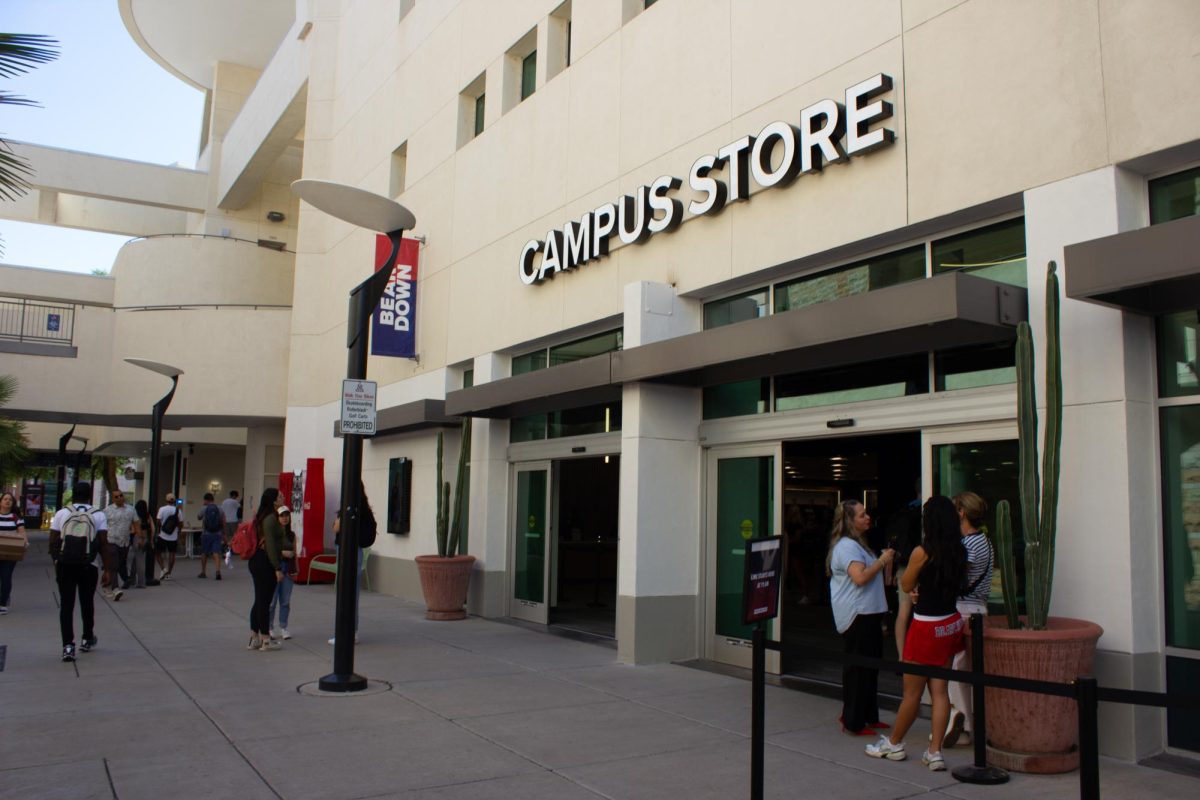The monolingualism effect, or speaking/knowing one language, has long been prevalent in modern American society, and Tucson—though it embraces diverse cultures in many ways—is no exception.
Several UA professors have built their academic research around expanding the understanding of what monolinguism is.
Peter Ecke, a German and second language acquisition professor at the UA, sees the diversity throughout the university and Tucson areas specifically with its Native American, European and Mexican cultural influences.
“The many ethnic influences and numerous immigrant communities can be seen nicely during the Tucson Meet Yourself festival each fall,” Ecke said. “On the other hand, there are real pressures for immigrant and minority children to assimilate and to go through English-only education.”
RELATED: UA researchers study language skills in bilingual children
A native German and fluent speaker in German, English, Russian, Spanish and Portuguese, Ecke said American society often doesn’t appreciate family languages and sees them as burdens rather than assets.
“Some parents, counselors and teachers still believe that it may be best for the child to use English only for an optimal learning of the English language,” Ecke said. “This can have negative effects on children’s identities and intra-family relations.”
Ecke said more public schools should offer bilingual and dual-immersion programs, or at least foreign language programs that start in elementary or middle school and continue through high school. He said these long-term programs help students develop solid language skills which they can further develop in college.
RELATED: Learning through immersion provides effective paths to original ideas
Fellow multilingual and German studies assistant professor David Gramling discussed the effect of monolingualism in his most recent book, “The Invention of Monolingualism.”
Gramling said the monolinguistic effect in the U.S. is a historical problem that originates from World War I.
“Nineteenth-century America was an utterly multilingual place,” Gramling said. “German newspapers, Yiddish newspapers, Spanish newspapers and popular culture were everywhere.”
Whole villages in Texas spoke German only—in school, commerce and politics.” Only since 1914 has the U.S. re-imagined itself to be a place of linguistic assimilation.
Gramling said relying on English alone is not only the path of least resistance—it’s also a sure-fire way to jeopardize long-term sustainability and relationships.
“Some go so far as to say that the U.S. has become a cementerio de lenguas, [a cemetary of language],” Gramling said. “But I don’t believe that. When I look around Tucson and what we teach at UA, I don’t believe that.”
UA second language acquisition and teaching doctoral student Christian Ruvalcaba hopes to help bridge Tucson’s linguistic gap in his Language Capital Project. The map in progress shows a glimpse of cultural and linguistic diversity in Tucson. It attempts to connect locals with diverse communities of people, culture and language.
“One can only successfully build a bridge, a school curriculum, a health care initiative or true human understanding in a place when you have seriously endeavored to learn the languages as well as possible,” Gramling said.
Follow Andrea Coronado on Twitter.









